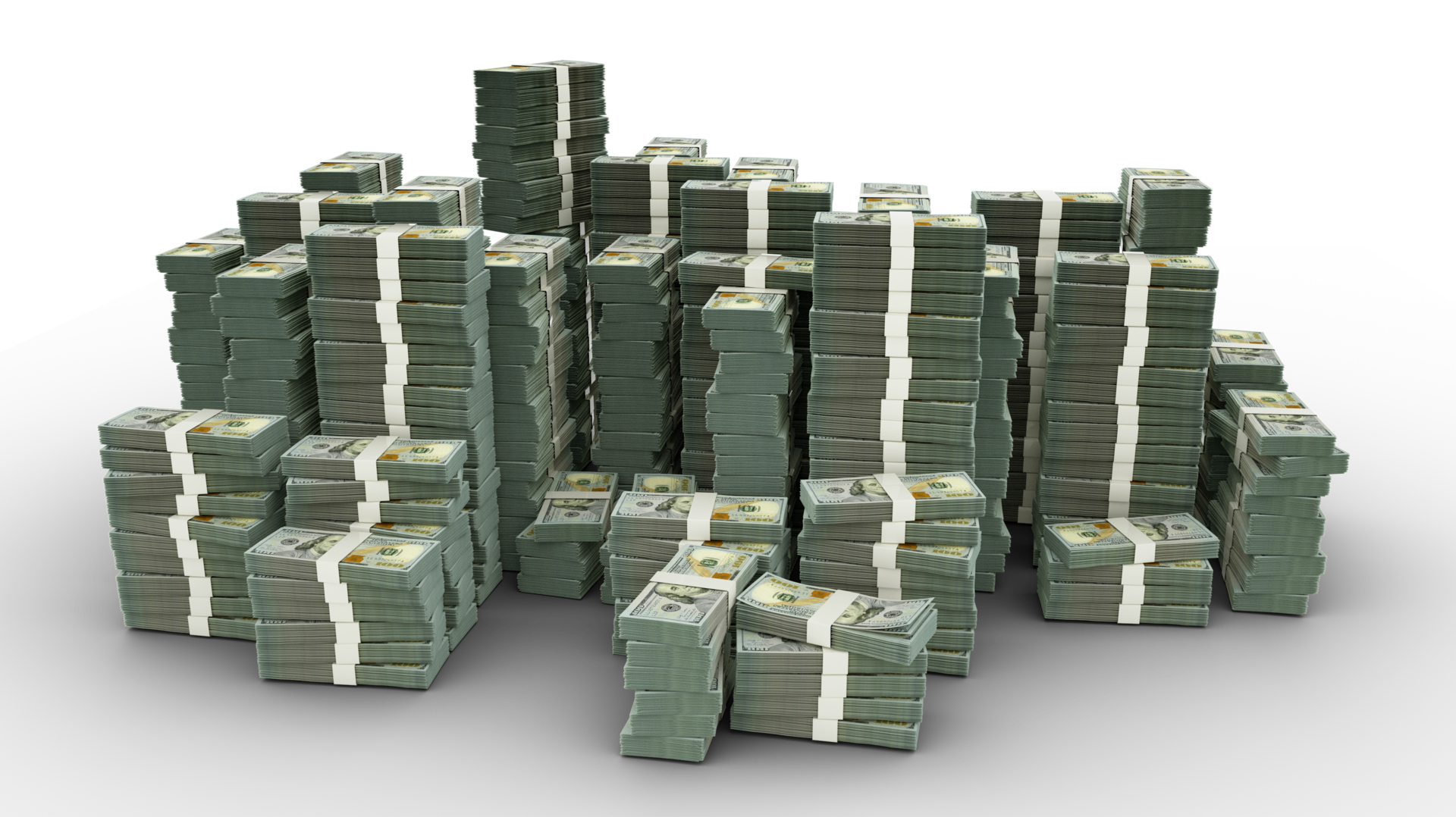
Stock Prices: Explained Like a Really Bad Joke
Alright, folks, gather ’round! I’m about to tell you a joke about stock prices. It’s not going to be funny, but hopefully, you’ll understand stock prices a little better afterward. Think of it as a "dad joke" for finance.
The Setup: What’s a Stock?
First, you need to understand what a stock actually is. Imagine your favorite bakery, "Grandma’s Goodies," needs some extra cash to open a second location. Instead of borrowing from the bank, Grandma decides to sell off little pieces of her bakery to the public. These pieces are called "stocks" or "shares."
When you buy a stock, you’re buying a tiny piece of Grandma’s Goodies. You now own a sliver of her ovens, her secret recipes, and the right to a portion of her profits. If Grandma’s Goodies does well, your share becomes more valuable. If the cookies start tasting like cardboard, well… not so much.
The Punchline: Supply and Demand (Ba-Dum-Tss!)
So, how does the price of a stock get decided? This is where our joke comes in. It all boils down to supply and demand.
Think of it this way: Grandma’s Goodies initially sells 100 shares at $10 each. That’s the starting price. Now, let’s say everyone in town suddenly gets a craving for Grandma’s famous chocolate chip cookies.
- Demand Goes Up: People are clamoring to buy shares of Grandma’s Goodies. They think the new location will be a smash hit, and they want a piece of the action. More buyers than sellers = price goes up!
- Supply Stays the Same (or Goes Down): Grandma isn’t selling any more shares right now. There are only 100 shares available, but now 200 people want to buy them. This scarcity drives the price up even further.
So, what happens? The price of Grandma’s Goodies stock goes from $10 to $15, then $20, maybe even higher! People are willing to pay more because they believe the bakery is going to be super successful.
Now, let’s flip the script. Suppose Grandma’s new location is a disaster. The cookies are burnt, the service is terrible, and a rival bakery opens across the street.
- Demand Goes Down: People start to panic. They think Grandma’s Goodies is doomed. They want to sell their shares before they become worthless. Fewer buyers than sellers = price goes down!
- Supply Goes Up: Everyone is trying to dump their stock. There are suddenly way more shares available than people who want to buy them. This glut of shares causes the price to plummet.
Now, the price of Grandma’s Goodies stock might drop to $5, $2, or even less. People are desperate to get rid of their shares, even at a loss.
That’s the joke: Stock prices go up and down based on how many people want to buy or sell a particular stock. It’s a simple concept, but the execution can be wildly unpredictable.
Why the "Joke" Isn’t Always Funny
The problem is that the real world is way more complicated than our Grandma’s Goodies example. Here’s why stock prices can be so confusing:
- Emotions Run High: People aren’t always rational. Fear, greed, and herd mentality can drive prices far beyond what’s reasonable. This is why you hear about "bubbles" and "crashes."
- News and Rumors: Stock prices react to news, both real and imagined. A positive earnings report can send a stock soaring, while a negative rumor can send it crashing.
- Economic Factors: Interest rates, inflation, and global events can all affect stock prices.
- Speculation: Some people buy and sell stocks simply to make a quick profit, without any regard for the underlying company. This can create volatility and make prices even harder to predict.
- The Future Is Uncertain: Stock prices are based on expectations of future performance. But nobody has a crystal ball. Companies can surprise you, both positively and negatively.
Beyond Supply and Demand: A Few More One-Liners
- "Market Sentiment": Imagine the stock market as a giant mood ring. When everyone is feeling optimistic, prices tend to go up. When everyone is feeling pessimistic, prices tend to go down. It’s like a collective emotional roller coaster.
- "Earnings Reports": These are like report cards for companies. If a company "beats" expectations (gets a good grade), the stock price usually goes up. If it "misses" expectations (gets a bad grade), the stock price usually goes down.
- "Dividends": Some companies pay out a portion of their profits to shareholders. Think of it as Grandma sharing her cookie dough with you. It’s a nice bonus, but it’s not the main reason people invest in stocks.
- "Volatility": This refers to how much a stock price jumps around. High volatility means the price can swing wildly in either direction. It’s like riding a bucking bronco.
- "Diversification": Don’t put all your eggs in one basket (or all your money in one stock). Diversify your portfolio by investing in a variety of different companies and industries.
The Moral of the Story (or the Punchline You Actually Understand)
Stock prices are driven by supply and demand, but they’re also influenced by a whole host of other factors. Investing in the stock market can be a great way to grow your wealth, but it’s important to do your research, understand the risks, and not take the "jokes" that news and analysts give too seriously.
Disclaimer: I am an AI Chatbot and not a financial advisor. This is for informational and entertainment purposes only and should not be considered financial advice. Investing in the stock market involves risk, and you could lose money.



